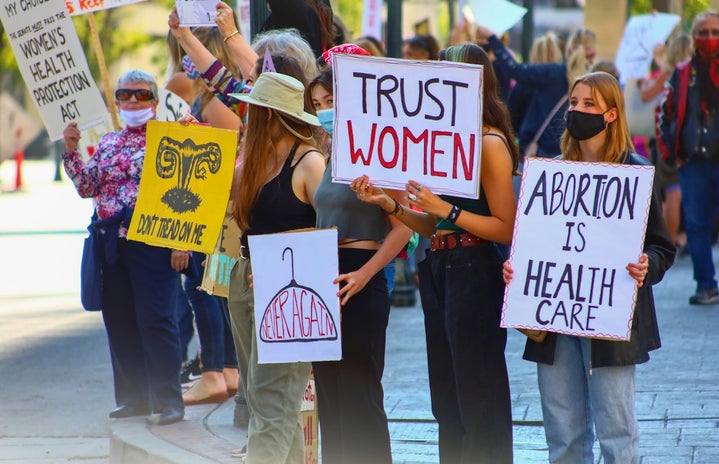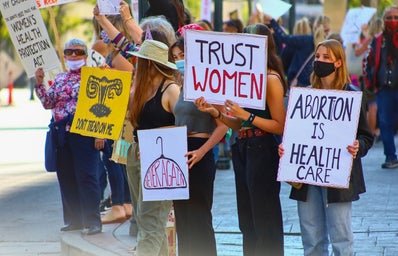How do we as women navigate these issues and where do they come from?
What happens in a world where women aren’t included at the table making decisions? What does it look like in a world where women and our perspectives are not considered? Such a world would look like women being around 17% more likely to die in car crashes because of the lack of test dummies with female anatomy. Such a world would look like Women undergoing sometimes debilitatingly painful medical procedures without anesthesia, such as an IUD insertion. Such a world would look like the one we live in today because that is the reality of how our world has been built, through the perspective of men.
For more on how our world is a “mans world”, References for the healthcare gap and how it relates to people of color and to women.
Yet men make up only half of the US population, so, like any product, is it not to be expected that a system built to serve only half of the consumers would be considered faulty? So why is it that there is this lack of equality that bleeds into nearly every system? (Including higher education: an amazing an Her Campus amazing article on sexism and colleges.) The answer is because leadership is not 50/50 like the population. How can we address these issues? How can we see more women advocating for themselves? How can we ensure our progress is intersectional and we acknowledge how racism and classism is built into our systems, which only further prevents the equality we need to see to create a better world?
One of the prevailing issues for women in our society is the tendency to underestimate our own abilities and attribute our successes to external factors. This self-doubt can hinder us from reaching our full potential, leading women to shy away from promotions or career expansion, even when qualified. Here is an excellent TED talk that outlines how we can change our mindset to counteract this inequality Sheryl Sandberg: Why we have too few women leaders | TED Talk. However, despite being valuable to listen to, my critique of her speech is that she does not consider how women of color are perceived and treated in the workplace or how poverty adds nuance to this system. Sexism and racism are interlinked, especially when we think critically about the US and other Western countries on how our societies are established. From my research, women do indeed underestimate themselves more than men, but for Black women, the overarching issue is not that they underestimate themselves but that they are underestimated. Women of color experience all these things but in different, often more challenging ways. Read here for more on Black and Asian women and their triumph over sexism and racism in the workplace.
While it is easy to tell women to advocate for themselves, it is also important to understand that women are punished for confidence and disliked as they become more successful, which is inverse to their male peers. In that same breath, women, especially Black women, are villainized for confidence, which is why it is so vital to incorporate intersectionality in this discussion to make sure that the narrative changes and that we celebrate women’s advancement as well confronting unconscious biases and unlearning them.
A key aspect of women and their hesitancy to push for career advancement is that we make different decisions than men over having children and how this will affect our careers. Even juggling a full-time job, women are often burdened with more housework and childcare responsibilities than their male partners. Women have to make more scarifies when the societal norm is for women to stay home, and for many women, this is something they choose. However, for women who feel they must decide between children and a career often leads women to preemptively plan their career trajectories, sometimes holding back on advancement opportunities long before they even plan to have children.
So, what am I trying to say? I want to be clear that I am optimistic about the future. We can see historically lots of change being made, but we are nowhere near done. As college women who will soon join the workforce, we need to be educated on the nuances of the reality of our world and understand that since we as humans built this world, we can build a better world. And I want to emphasize again the importance of intersectionality in this conversation. It is impossible to make a more equal world while trying to divorce the issues of sexism, racism and classism; they are connected and need to be addressed as such. We are able to create a world that is safer for everyone. We can do it, and I believe we will.
I want to end with a question that sparks motivation for me: What would a world look like where the perspectives of men and women of every race and social class are considered?


